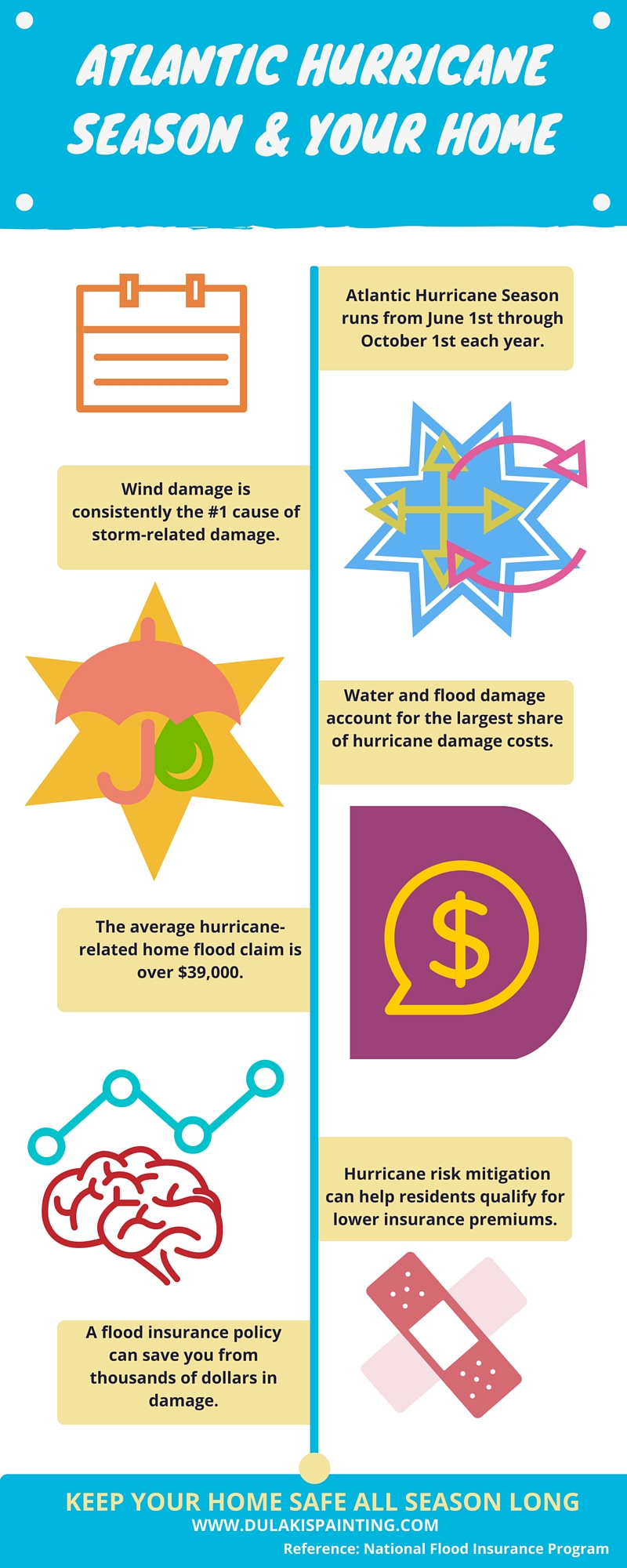Recognizing Seasonal Influences On Commercial Exterior Painting: Essential Expertise For Success
Recognizing Seasonal Influences On Commercial Exterior Painting: Essential Expertise For Success
Blog Article
Content Author-Doherty Celik
When you're preparing a business exterior paint job, seasonal aspects can make or break your results. You'll want to think about exactly how temperature level and humidity effect paint application and drying out times. Choosing the best season can ensure your paint adheres appropriately and lasts much longer. However which seasons are really the best for this sort of work? Let's discover the crucial elements that can influence your project's success.
The Influence of Temperature Level on Paint Application
When you're preparing a business outside paint job, the temperature can dramatically impact just how well the paint sticks and dries out.
Preferably, you want to repaint when temperatures vary between 50 ° F and 85 ° F. If it's also cool, the paint may not treat correctly, causing problems like peeling off or breaking.
On the flip side, if it's too warm, the paint can dry out also quickly, avoiding proper attachment and resulting in an uneven coating.
You must also think about the time of day; morning or late afternoon supplies cooler temperatures, which can be much more positive.
Constantly check the maker's suggestions for the certain paint you're using, as they frequently offer support on the optimal temperature level range for ideal results.
Humidity and Its Result on Drying Times
Temperature level isn't the only ecological aspect that influences your business external painting project; humidity plays a significant function also. High humidity degrees can slow down drying out times drastically, impacting the overall quality of your paint task.
When the air is filled with moisture, the paint takes longer to cure, which can lead to problems like poor attachment and a higher threat of mold growth. If you're painting on an especially damp day, be prepared for extensive wait times between layers.
It's essential to keep track of neighborhood weather and strategy as necessary. Ideally, aim for moisture levels in between 40% and 70% for optimum drying.
Maintaining these factors in mind ensures your task stays on track and delivers a lasting finish.
Best Seasons for Commercial Exterior Paint Projects
What's the most effective season for your commercial outside paint projects?
Springtime and very early fall are generally your best options. During these periods, temperature levels are mild, and moisture degrees are frequently reduced, producing ideal problems for paint application and drying.
Prevent summertime's intense heat, which can create paint to completely dry too rapidly, causing poor bond and coating. In house painting company in minnesota, usa , winter's cold temperatures can hinder appropriate drying out and treating, running the risk of the long life of your paint work.
Go for days with temperature levels in between 50 ° F and 85 ° F for optimum results. Keep in mind to examine the regional weather prediction for rain, as damp conditions can wreck your job.
Planning around these factors ensures your paint task runs smoothly and lasts longer.
Final thought
Finally, planning your commercial exterior paint projects around seasonal factors to consider can make a substantial difference in the outcome. By organizing work throughout the optimal temperatures and humidity degrees, you'll make sure far better attachment and drying times. Remember to keep an eye on neighborhood weather prediction and pick the right time of year-- spring and very early loss are your best bets. Taking painters by me will certainly aid you achieve a long lasting and professional surface that lasts.
